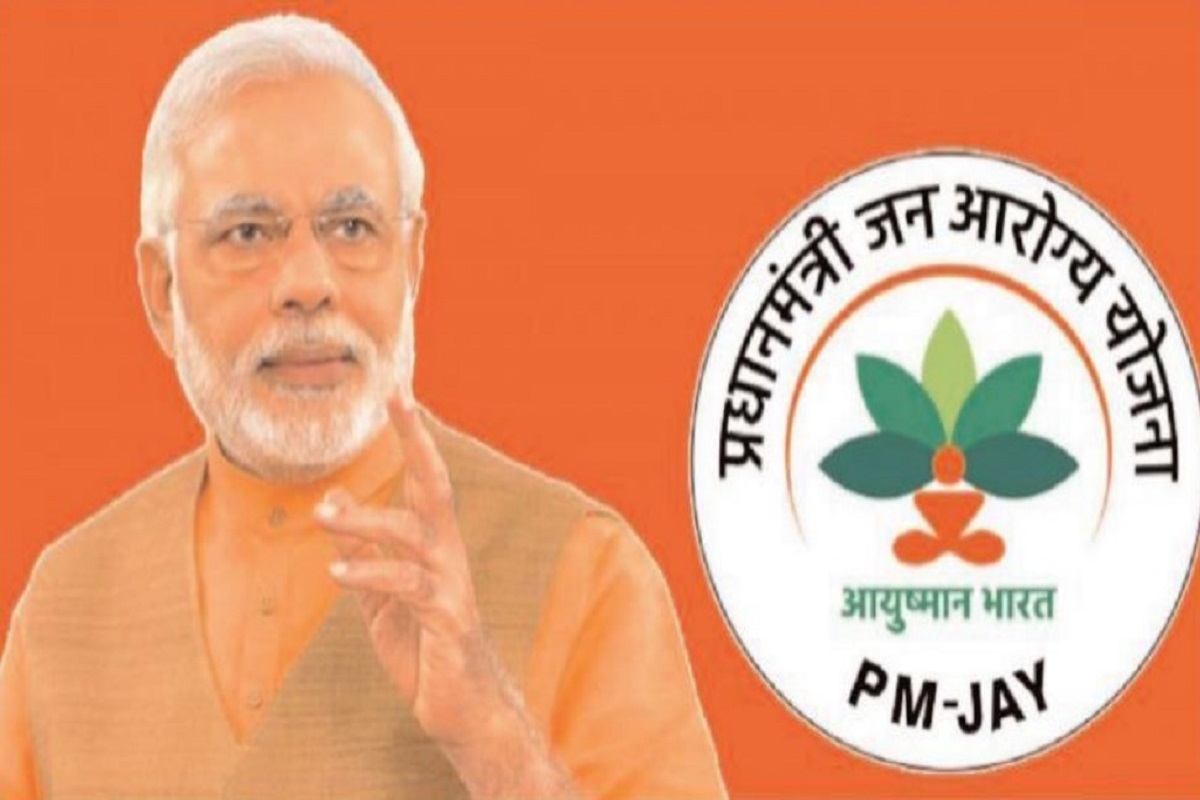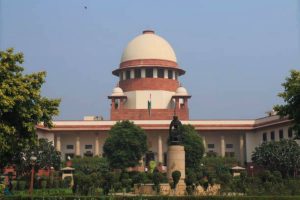The issue of “freebies” in the context of the politico-economics of India became a matter of big debate after the Prime Minister slammed the politics of “Revdi culture”. Indeed, the issue is important and should be debated.
Providing immediate relief to the voters is always a matter of priority to political parties though an economist will always argue that if instead the amount could be spent on building public assets, that would have helped the nation, in the long run, to grow faster.
John Maynard Keynes (1883- 1946) who changed the paradigm of mainstream macroeconomics in the 20th century, is believed to have stated that “in the long run we are all dead”.
Keynes argued that in a free market economy instead of relying on the ‘market’ to take care of the cyclical problem of depression, in the long run, the State should have a more proactive role to combat economic slowdown and restrict prolonged suffering of the people.
People do need relief in the short run. When the government gives ownership of land to landless agricultural workers, it is meant to provide a one-time push to the poor to stand on their own, sooner or later. When the government provides free or subsidised cereals to the poor or builds pucca houses for the people not having any proper shelter, such efforts are essentially perceived as welfare initiatives intended to provide relief to the economically marginalised segments.
These schemes, in some form or other, were there ever since independence but were never categorized as freebies. N T Rama Rao had announced (1983) to provide rice at Rs 2 per kg through the public distribution system in Andhra Pradesh. The announcement created lots of hue and cry in those days. Opposition Congress at that time had criticised the scheme as impracticable. But Rama Rao implemented it.
Free or subsidised basic education, a subsidised health care system, or a supply of subsidised food grains to all people were essentially considered in India as welfare initiatives of the government and not as political gimmicks. In the next stage came government schemes to provide loans at subsidised interest rates to different target groups for specific purposes through nationalised banks followed by the concept of loan waivers.
Manmohan Singh’s UPA government in its two terms announced a Rs 65,000-crore debt waiver covering over three crore small and marginal farmers. Perhaps at the level of the Union government, that was the first executive decision to provide direct relief to certain specific sections of the population.
The decision was criticised at that time as such waivers, it was believed, would make people habitual in dishonouring the commitments of paying back loans to the banks. But no one perceived such waivers as freebies.
After the Aadhaar linking of the bank and post office accounts, the concept of direct transfer of benefits in the savings account of the beneficiaries emerged in a big way in the last few years. When the present regime at the Centre decided to give Rs. 6,000 per year to eligible farmers all over India, opposition parties did not challenge the rationale behind the scheme but rather stated that the amount was too meagre.
Thus, in the last four decades, there has been a substantial change in the attitude of the political parties as regards providing immediate relief to vulnerable segments of the population.
When the Union government in collaboration with the States launched the Ayushman Bharat scheme, initially there were signs of disbelief but today no political party criticises such schemes as gimmicks or questions the rationale of such initiatives. Irrespective of the colour of the party many believed that innovativeness in designing welfare schemes plays an important role in electoral success.
For about a decade, there has been a significant shift in the policy of different State governments (as well as of the Union), to spend a higher percentage of outlay in direct transfer of benefits. Reportedly, Election Commission made an analysis of manifestos (2014) of different political parties and after categorization of freebies by central and state governments it was observed that 43 per cent of such spendings are in the form of direct transfers, 12 per cent in the form of assets, 6 per cent is on food, another 6 per cent is on subsidies, loan waivers amounted to 5 per cent and loans constituted 2 per cent.
The debate is whether these ‘populist’ practices should be encouraged when they are leaving reduced budgets for the creation of infrastructure causing economic growth to slow down. Recent debates in the media on freebies, however, indicate that people perceive only the direct transfer of cash or material transfer of aspirational goods to people as freebies.
When the governments provide a bicycle or smart-phone/laptop/tablet to high school students, a mixer-grinder to housewives, gold coins to brides, a fan or a basic television set to poor households, school-uniform, textbooks or scholarships to students, cash transfer (in the name of pension, dole etc.) to unemployed or to housemakers, to widows, aged and other vulnerable groups, to farmers or fishermen or to rural artisans, basically they are all aimed at easing the lifestruggle of marginalised people.
The benefits of ‘economic growth’ may not trickle down to these vulnerable groups in the normal course in their lifetime. These schemes provide some relief to the target groups and stimulate demand for consumption goods of essential nature in the short run.
By nature, these spendings are not different from traditional welfare schemes of the government. However, before the announcement of such a scheme, the government needs to see that it is capable of sustaining the scheme without incurring additional public debt for the purpose and there is no infringement in the parameters of the FRBM Act.
The beneficiary groups of so-called ‘freebies’ are heterogeneous, staggered all over and do not constitute any strong lobby. We tend to criticize the supply of subsidized electricity or piped drinking water to the poor though we silently accept the policy of giving subsidies on fertilizers.
While explaining its take to the Apex Court in the context of a petition seeking to ban promises of “irrational freebies” by the political parties, the Election Commission observed that, “what is irrational or freebie for one may be rational and essential for another section of the society”. EC has admitted that the benefits of cross-subsidization and sector-specific relief to different vulnerable groups of society cannot be underestimated.
However, the welfare schemes of the government need not be confused with the “grants” to groups who have come together for certain purposes. The West Bengal government, for example, at one point had adopted a scheme of providing financial grants to all registered local clubs through the Department of Youth Services and Sports. About 25,000 such clubs were given a grant-in-aid of Rs 5 lakhs each over a period of four years supposedly for the “development of sports activities by organizing various sporting events and for creation of sports infrastructure and durable sports assets”.
In the absence of any proper audit system, it is believed that such grants ended up in conspicuous consumption and wasteful expenses. The Bengal government also sanctions grants to ‘Community Puja Committees’ for organizing Durga Puja to celebrate the festivities.
The annual budget of many such Committees from sponsorships and subscriptions runs into crores of rupees This year around 40,028 puja organisers were each given grants of Rs. 60,000 amounting to about Rs. 240 crore.
There are guidelines for the utilization of such grants and local police were given the responsibility to oversee that the expenses were incurred as per the guidelines. Here too, in the absence of any infrastructure of local police to monitor things, a substantial part of these grants is utilized for non-essential consumption.
Such grants by the States are not welfarism and have no direct re levance in improving the standard of livelihood of marginalized people. We need to be careful in distinguishing welfare schemes meant for the downtrodden from the ‘gifts’ given to groups of people organised for a particular purpose. Unless restrained, in the years to come many other states may initiate the schemes of such wasteful expenses.











